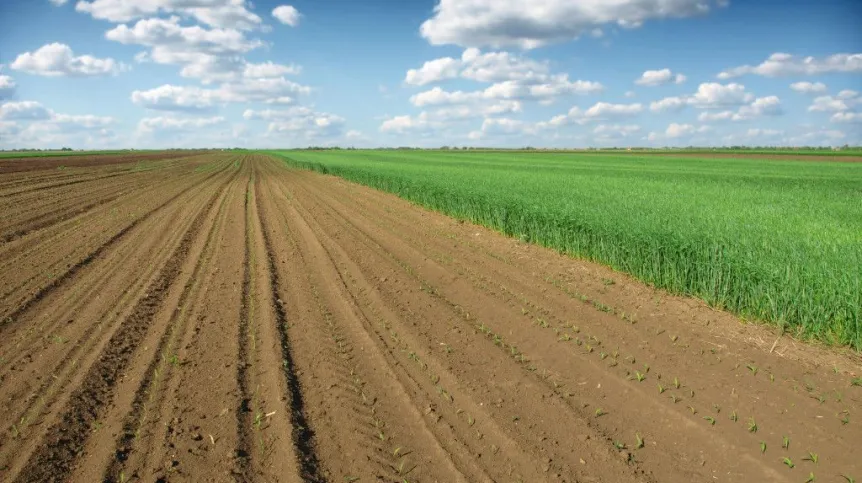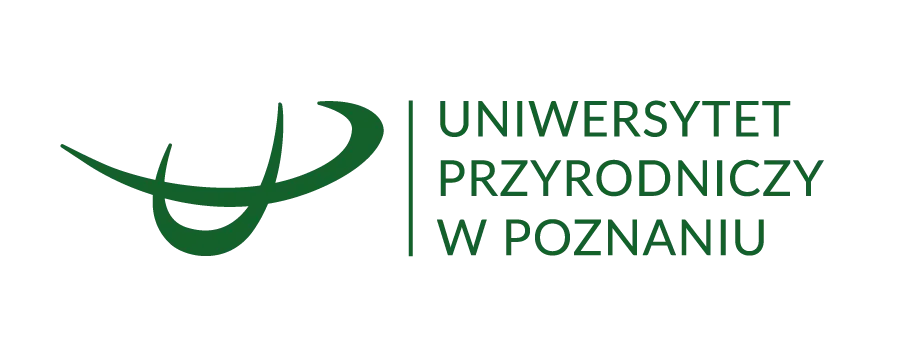
In an arable field near Zalewo (province. Warmia-Mazury) a history enthusiast found treasure of 86 silver denarii, minted in the first and second century AD in the Roman Empire. The ancient find was deposited in the collection of the local museum in Ostróda.
Discoverer of the treasure Przemysław Kulpa told PAP that he came across the precious discovery by chance, while looking for trails of boars in arable field near Zalewo at the request of a farmer friend. "The coins lay scattered on the ground. They were probably moved to the surface during ploughing and washed out by the rain" - he said.
Kulpa, who is not only a forester and hunter, but also a member of the Society of Friends of the Susz Land that brings together local history enthusiast, notified the conservation services of his discovery. By decision of the Elblag Delegation of the Regional Office for the Protection of Monuments, the ancient coins were deposited in the Museum of Ostróda.
As director of this institution Marek Jankowski told PAP, this is an extremely valuable addition, because such a large find of Roman denarii from this period had not been recorded in the whole Warmia-Mazury province since 1945. Until now, the Museum of Ostróda had only three such coins in its collection.
According to Łukasz Szczepański, archaeologist from the Museum of Ostróda, the treasure from Zalewo consists of 86 silver denarii dating back to the end of the first and the second century AD. The oldest coin was minted in the Roman mint in the year 96, during the reign of Emperor Nerva, the youngest is from the years 194-195, the time of Septimius Severus.
"One of the coins is probably a suberatus, a mint forgery product, formed by coating a copper core with a layer of silver. This, however, requires confirmation of detailed analysis" - he said.
Such substandard denarii with lower silver content were introduced into circulation in the event of excessive burden of, for example, war expenses on the treasure of the empire. They are also used in trade with barbaric peoples outside the empire.
According to Szczepanski, it can be assumed that the coins were hidden in the ground in the beginning of the third century AD. He said that the discovery should be associated with the Wielbark culture, the tribes of Goths and Gepids that lived in this area at that time. It is impossible to determine whether the treasure was buried by the owner because of a threat, or it was a votive deposit.
According to the archaeologist, similar finds from the area of the so-called Central European Barbaricum indicate that the influx of Roman money was massive at that time. This was not only due to the business relations or raids of tribes from the North. Roman administration also paid barbarians wages for service in auxiliary units and annual tributes for maintaining peace on the Danube border.
Ancient treasure from Zalewo will be first presented at the castle in Ostróda on May 14 during the Night of Museums. Then the coins will be subjected to conservation, after which they will be added to the permanent exhibition of this institution. After obtaining the consent of the owner of the field and the conservation services, curators intend to carry out an archaeological survey in the place of discovery.
Roman denarii are yet another treasure discovered by history enthusiasts associated with the discoverer club of the Society of Friends of the Susz Land. Late last year in the Jerzwałd area, the president of the association Krzysztof Kępiński found extremely rare spatha, a sword dating from the IV-V century - the late Roman period.
Earlier in the same area, members of the group contributed to the discovery of a cluster of approx. one thousand early medieval objects, including several unique shoes, which are a form of scabbard fittings. In 2009 near Susz they discovered a treasure of nearly 150 Teutonic shillings and bracteates from the early fifteenth century. In each instance, they conducted - with the consent of the conservator - a legal search with detectors, and donated the finds to the Museum of Warmia and Mazury. (PAP)
mbo/ par/
tr. RL













